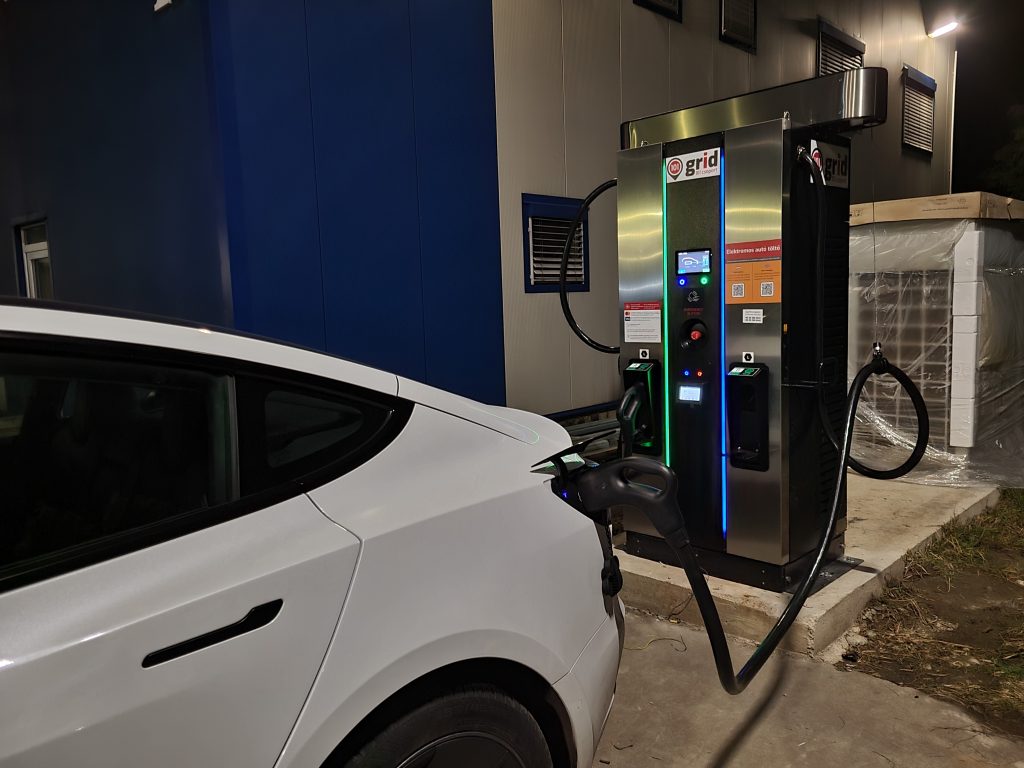
Electric cars are becoming more and more popular around the world, with many people choosing them over cars with conventional internal combustion engines. The advantages of electric cars include their environmental friendliness, low running costs, and quiet and fast driving. However, owners of electric cars also face some challenges, such as battery life, charging times and the availability of charging stations.
One of the biggest concerns about fast charging is that too much energy can be injected into the car battery too quickly, causing long-term and irreversible effects. But is this true? And if so, how can battery damage be prevented? A Study conducted by Recurrent investigated how much damage fast charging can cause to the battery and whether the battery management system (BMS) software and safety mechanisms prevent this.
.webp)
Does fast charging damage the battery of an electric car?
The short answer is that intermittent fast charging is acceptable. The study compared cars that are fast-charged at 90% or more with cars that are fast-charged at less than 10%. The study was limited to Teslas as they have the largest, most detailed and continuous database. The results show no significant difference in range degradation between Teslas that fast-charged more than 90% and those that took advantage of this option in less than 10%.
This means that Tesla batteries can withstand rapid charging without significant loss of performance or lifetime. Of course, this doesn't mean that you should always charge the car quickly, as this can increase the temperature and voltage of the battery, which can affect range in the short term.
.webp)
Mechanism of rapid charging and prevention of damage
BMS software and safety mechanisms play a key role in protecting the battery from excessive stress during rapid charging. The BMS software monitors the temperature and condition of the battery and controls the charging process. If the battery is too hot or too cold, the BMS slows or stops charging to avoid damage. If the battery is too full, the BMS will reduce the charging rate to prevent overcharging. The BMS software is continuously updated to optimize battery performance and life.

And the safety mechanisms provide physical protection for the battery that prevents overheating, short-circuiting or the battery catching fire. Examples of such mechanisms include cooling systems, fuses, thermistors, and thermal circuit breakers. These devices sense the temperature and voltage of the battery and cut the power when dangerous levels are reached.
Summary
The results of the Recurrent study show that intermittent fast charging does not cause significant range degradation in electric car batteries. It is important for electric car owners to understand proper fast charging practices to minimize the risk of long-term battery damage. BMS software and safety mechanisms help protect the battery from excessive stress during rapid charging. The future of electric cars looks promising if we use them wisely.